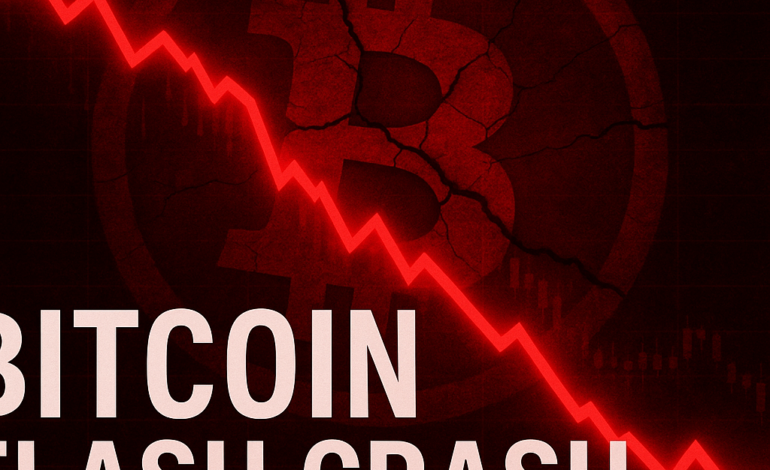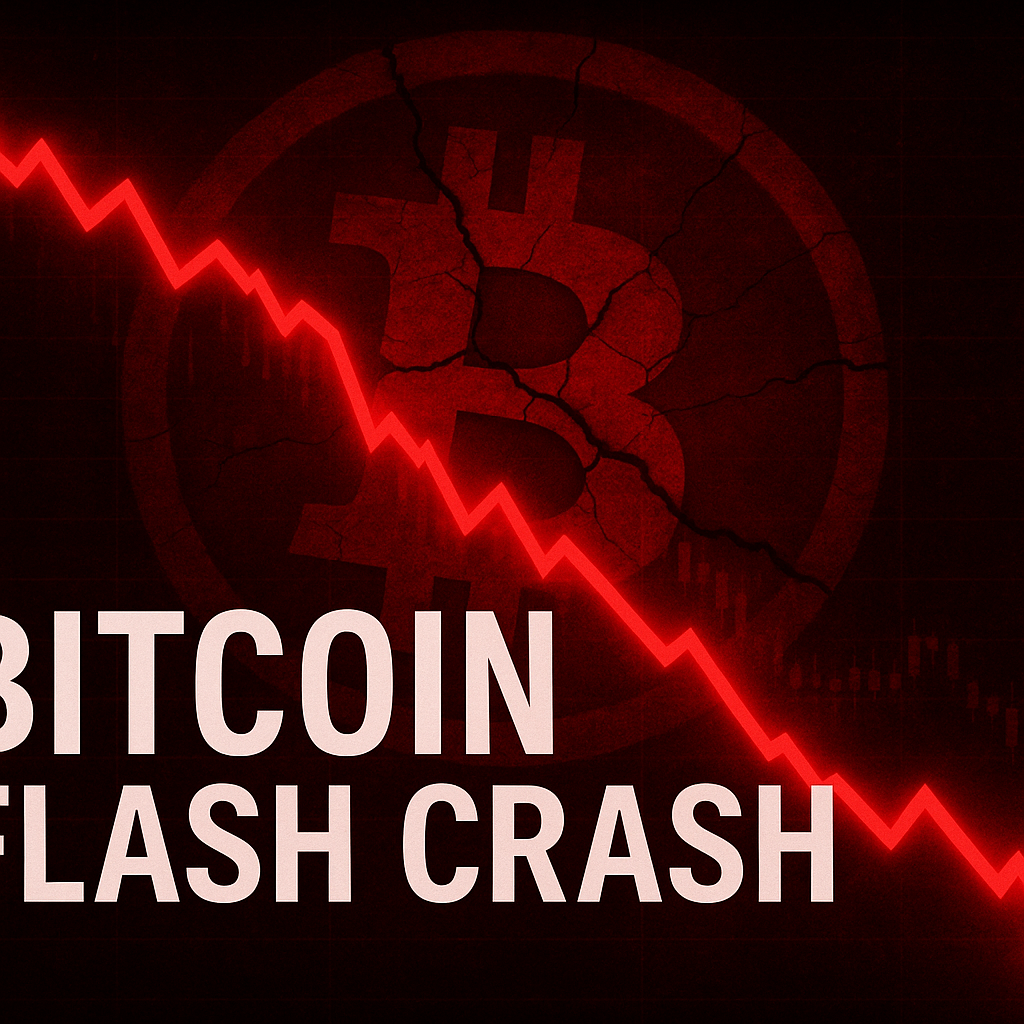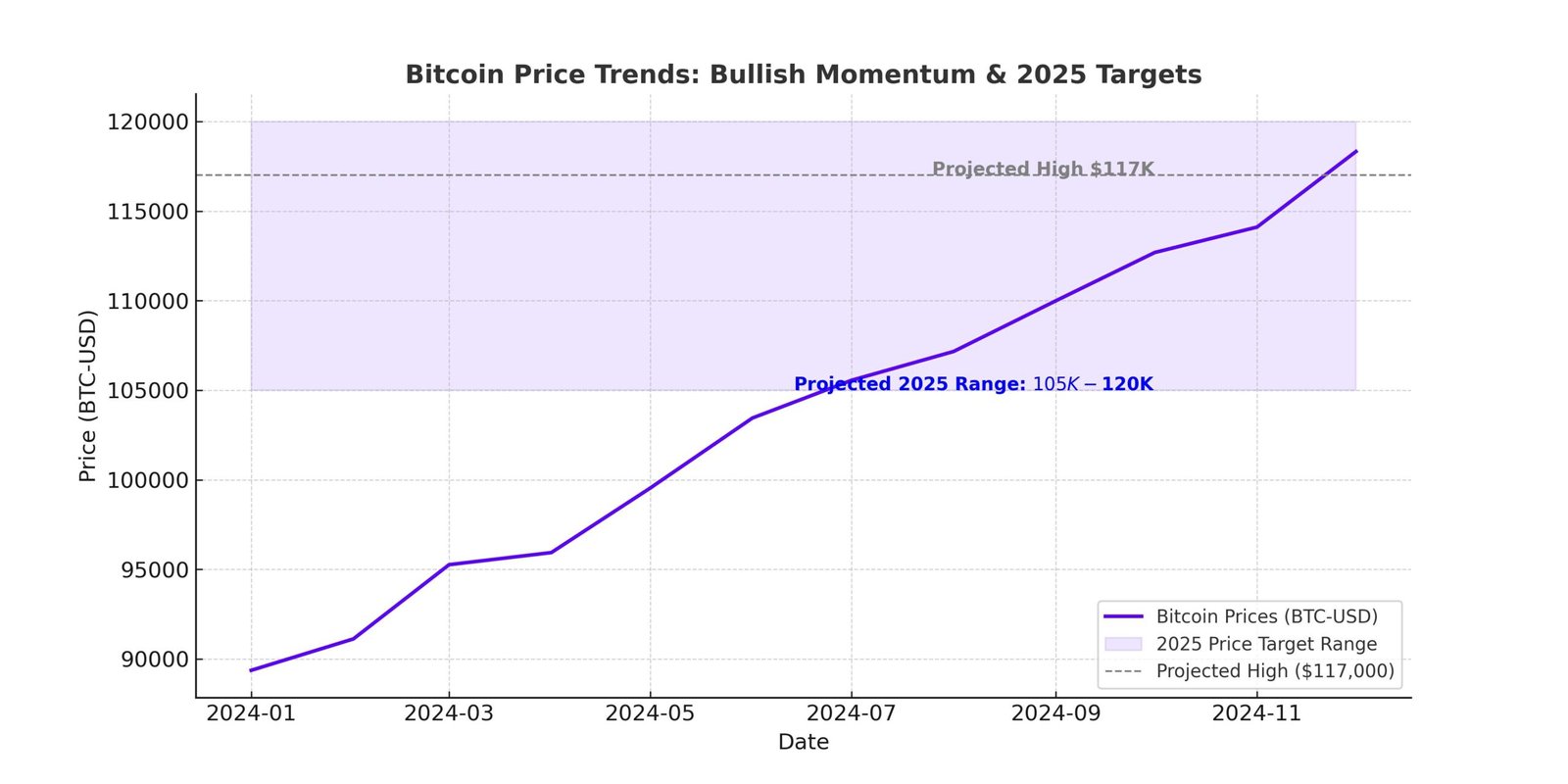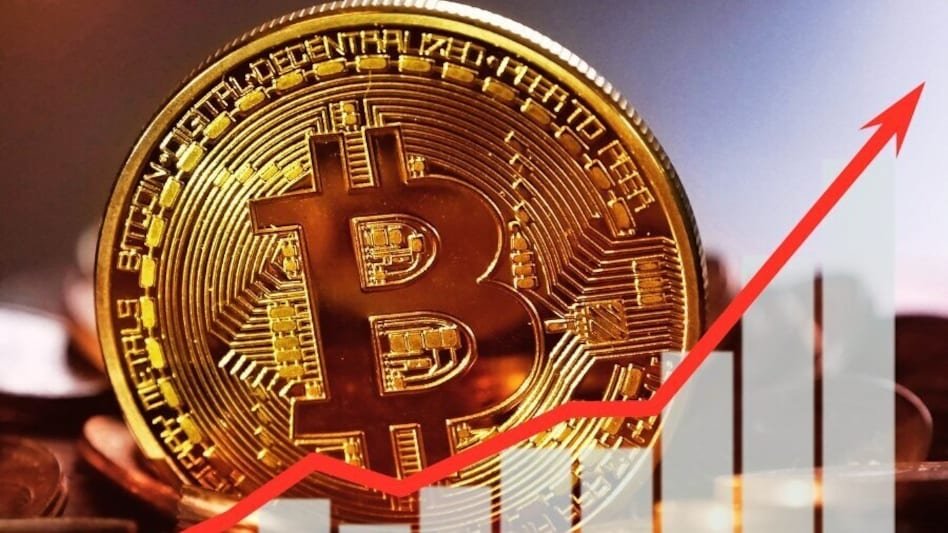The Brutal Bitcoin Flash Crash: 5 Shocking Reasons & My Action Plan

By Neo
•
August 26, 2025

Honestly, I was just watching the charts, sipping my morning coffee, when it happened. A colossal red candle suddenly painted the screen, and my heart skipped a beat. I knew right away this wasn’t just another dip. This was different. This was the kind of violent, gut-wrenching plunge that defines a true Bitcoin flash crash. Within just a few hours, the market was in a state of chaos, and a staggering $900 million in leveraged positions was wiped from existence. It was a brutal, swift, and unforgiving reminder of the volatility that lurks just beneath the surface of the crypto world.
But what really happened? Was it one single event, or a perfect storm of factors? And more importantly… what do we do now? In this deep dive, we’re going to unpack the real reasons behind this shocking crash, explore its ripple effects across major altcoins, and lay out a clear, actionable plan to navigate these choppy waters. Let’s get into it.
It’s tempting to point a finger at a single culprit, but the reality of a market-wide event like this is always more complex. It’s a chain reaction, a cascade of events that feed on each other. After digging through the data and connecting the dots, I believe five key factors converged to create this perfect storm.

1. The “Cold Water” Effect: Powell’s Speech & a Market Reversal
Initially, the market showed a flicker of optimism following Federal Reserve Chair Jerome Powell’s latest address. The language seemed… well, less hawkish than feared. For a moment, it felt like the bulls might have room to run. But that feeling was short-lived. In my opinion, the market was running on pure hopium. Once the institutional players and algorithms parsed the speech, they realized nothing had fundamentally changed. There was no solid promise of rate cuts, no definitive dovish pivot. It was the financial equivalent of a shrug. That realization hit the market like a splash of cold water, and the smart money started to take profits off the table, triggering the initial downward pressure.
2. The Giant Options Expiry: A $14.6 Billion Anchor
Here’s a factor many retail traders overlook: options expiry. Just as this sentiment shift was happening, a colossal $14.6 billion worth of Bitcoin and Ether options contracts were set to expire. Now, options are essentially bets on an asset’s future price. You have “call options” (bets the price will go up) and “put options” (bets the price will go down). What’s interesting is that there was a significant skew towards put options. This tells us that a large number of institutional traders were already positioned for—or hedging against—a price drop. As the expiration date loomed, it created immense downward pressure, acting like an anchor on the price.
3. Massive Liquidations: The Overleveraged Domino Effect
This is where the flash crash truly gained its terrifying momentum. Leverage in crypto trading allows you to control a large position with a small amount of capital. It’s like pouring gasoline on a fire—it magnifies gains, but it also magnifies losses catastrophically. When the price started to dip from the first two factors, traders who had taken out highly leveraged “long” positions (betting on a price increase) began to hit their liquidation points. Their brokers automatically force-sold their holdings to cover the losses. This flood of forced selling pushed the price down further, which in turn triggered even more liquidations in a vicious cycle. This is the domino effect. This is how a minor dip turns into a vertical, $900 million waterfall.

It’s a painful but necessary lesson: high leverage in a volatile market isn’t a strategy; it’s a gamble with terrible odds.
4. The Broader Macro Context: A Global “Risk-Off” Mood
We can’t analyze crypto in a vacuum. On the same day, traditional markets like the S&P 500 were also showing signs of weakness. There’s a general “risk-off” sentiment creeping into global finance, driven by concerns over inflation, geopolitical instability, and economic uncertainty. When large investors get nervous, they pull their money out of assets they perceive as high-risk. And let’s be honest, despite its growth, Bitcoin is still at the top of that high-risk list for many traditional funds. This broader market anxiety added another layer of selling pressure that crypto couldn’t escape.
5. Conflicting Signals: ETF Outflows vs. Whale Accumulation
This is perhaps the most fascinating piece of the puzzle. While all this chaos was unfolding, we saw significant outflows from spot Bitcoin ETFs. This indicates that retail and newer institutional investors were panic-selling. But—and this is a big ‘but’—on-chain data shows that long-term holders and “whales” (wallets with huge amounts of Bitcoin) were actually accumulating during the dip. What does this tell me? It suggests a classic transfer of wealth from panicked sellers to patient, long-term believers. While the “paper hands” were running for the exits, the “diamond hands” were quietly buying their bags at a discount. This divergence is a powerful signal that the underlying conviction from major players remains strong.
When Bitcoin sneezes, the entire crypto market catches a cold. This flash crash was no exception. The shockwave rippled through the altcoin market, reminding us all of the immense correlation that still dominates this space. A rising tide lifts all boats, but a tsunami pulls them all under, too.
Ethereum (ETH): An 8% Plunge and Conflicting Signs
Ethereum, which had been flirting with new highs, was hit hard. It dropped by over 8%, shedding hundreds of dollars in value in a matter of hours. The liquidation data for ETH was also grim, with a significant number of long positions being wiped out. However, just like with Bitcoin, there were counter-signals. Reports surfaced of a massive whale, nicknamed “ETHZilla,” purchasing a staggering $250 million worth of ETH during the downturn. This provides a floor of support and shows that, just like with Bitcoin, large entities saw this as a buying opportunity, not a cataclysmic event.
XRP: Positive News Couldn’t Withstand the Pressure
It’s a classic crypto scenario: a project releases fantastic news, but the market simply doesn’t care because the macro trend is too powerful. This was the case for XRP. Right around the time of the crash, Ripple announced a significant partnership with Gemini, a move that should have boosted utility and price. Instead, XRP was dragged down with the rest of the market. It’s a perfect illustration of the principle that in a short-term, fear-driven market, correlation trumps fundamentals. No coin is an island.
The Market as a Whole: A Lesson in Correlation
From Solana to Cardano, Dogecoin to Polkadot, the story was the same across the board. Red candles dominated. This event serves as a critical lesson for anyone building a crypto portfolio: diversification across different crypto assets offers little protection during a market-wide panic. True diversification means balancing your portfolio with assets outside of crypto. For now, the rule remains: as Bitcoin goes, so goes the market.
Okay, so the market just took a nosedive. It’s easy to feel helpless or, even worse, to panic. But panic is the enemy of good decision-making. A volatile market isn’t something to fear; it’s something to plan for. Here is the exact three-step framework I use to stay grounded and turn chaos into opportunity.

1. Assess, Don’t Obsess (And Absolutely Do Not Panic-Sell)
The first rule of a market crash is: do not sell in a panic. Ever. Your emotional brain is screaming at you to “stop the pain,” but your logical brain needs to take control. Take a deep breath, step away from the charts for an hour, and then come back to assess. Ask yourself these questions about your holdings: Has the fundamental reason I invested in this project changed? Is the development team still building? Is the community still active? If the answers are still “yes,” then the drop is a reflection of market sentiment, not a failure of the project itself. Re-evaluating your thesis is smart; emotional selling is not.
2. Fortify Your Defenses: Risk Management is King
This event was a masterclass in the importance of risk management. If you were overleveraged, you learned a very expensive lesson. Now is the time to fortify your defenses for the future. For me, that means two things: drastically reducing or eliminating leverage from my strategy, and using stop-losses intelligently. A stop-loss isn’t just a tool to prevent losses; it’s a pre-made decision. You set it when you are calm and logical, so it can execute on your behalf when you might be emotional and irrational. It’s your financial circuit breaker.
3. Hunt for Bargains: The Art of Cautious DCA
Warren Buffett famously said to be “fearful when others are greedy, and greedy when others are fearful.” A flash crash is the market on maximum fear. For long-term investors, this is often the best time to buy. But that doesn’t mean going all-in. My strategy is Dollar-Cost Averaging (DCA). I’ll take a small portion of my available capital and start buying into the high-conviction projects in my portfolio. I don’t try to time the absolute bottom—that’s a fool’s errand. Instead, I buy in increments as the price goes down. This methodical approach removes emotion and ensures I get a good average entry price. These painful dips, in my experience, are where the foundations of future wealth are laid.
So, there you have it. The recent Bitcoin flash crash wasn’t a random act of nature. It was a predictable—if painful—result of over-leverage, macro-economic jitters, and a sentiment reversal colliding with a massive options expiry. The core lesson here is timeless: the crypto market remains incredibly volatile, and risk management is not just a suggestion, it’s the key to survival.
But it’s not all doom and gloom. Far from it. These violent shakeouts are a necessary evil. They wash out the excessive leverage, punish reckless gambling, and transfer assets from short-term speculators to long-term believers. It’s a cleansing fire that, ultimately, makes the market healthier. For those of us with a long-term vision, a solid plan, and the patience to execute it, these moments aren’t the end. They’re just the beginning of the next chapter.
What’s Your Take?
How did you navigate the flash crash? Are you buying, selling, or holding? Share your strategies and thoughts in the comments below!










